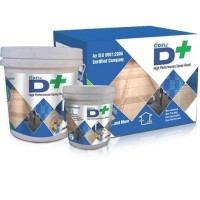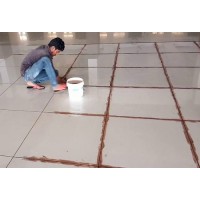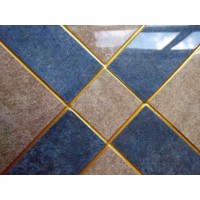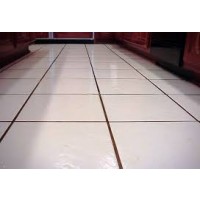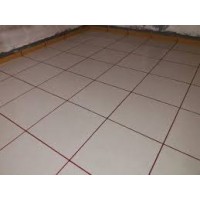Flooring and walls in indoor, domestic, commercial and industrial applications and street furniture subject to permanent or occasional contact with chemical substances, in environments subject to heavy traffic, swimming pools, thermal water baths and fountains, heated floors, also in areas subject to thermal shock and freezing.
Product Strength:
- Ideal to bond and grout glass mosaic
- Ideal to grout thin corrected slabs with narrow or adjacent joints
- Internal floors and walls
- The perfect roundness of the micro glass beads gives an excellent workability
- Ideal to provide bright reflections and nuances when mixed with Fuga-Glit ter Gold and Silver
- Impermeable to water, stains and dirt
- Prevents the development of mould and bacteria
- Suitable for guaranteeing the aesthetic continuit y of the ceramic wood and stone ef fect tile coverings
Use:
- Water-resistant grouting of joints with high chemical and mechanical resistance and a high level of hardness; bonding of glass mosaic.
Materials to be grouted:
- Vitrified tiles, low thickness slabs, ceramic tiles, klinker, cotto, glass and ceramic mosaic, of all types and formats
- Recomposed materials
Do not use:
- On porous flooring for which more specific or alternative chemical resistances are required compared with those listed in the chemical resistances table, to grout elastic expansion or fractionizing joints or on substrates that are not fully dry and subject to moisture rising.
Preparation of substrates:
- As a grout: before grouting joints, check that tiles have been laid correctly and are anchored perfectly to the substrate. Substrates must be perfectly dry. Grout joints in accordance with the recommended waiting time indicated on the relative data sheet for the adhesive used. For mortar substrates, wait at least 7 - 14 days depending on screed thickness, ambient weather conditions and on the level of absorption of the covering and the substrate. any water or moisture rising can cause vapour pressure to accumulate, which may in turn loosen the tiles on account of the complete non-absorbency of the grout or of the tiles themselves. Joints must be free from any excess adhesive, even if already hardened. Furthermore they must be of an even depth for the whole width of the tile covering, thereby ensuring maximum chemical resistance. any dust and loose debris must be removed from joints by carefully cleaning them with vacuum cleaner. The surface of the coating material to be grouted must be dry and free from dust or building dirt; any residual protective coatings must first be removed using specific products. before grouting joints, check the cleanability of the tile covering, as porous or highly micro-porous surfaces may make cleaning difficult. It is advisable to perform a preliminary test on tiles not to be laid or in a small, concealed area. as an adhesive: substrates must be compact and solid, free of dust, oil and grease, dry and free from moisture rising, with no loose debris or flaky parts such as residues of cement, lime and paint coatings, which must be completely removed. The substrate must be stable, without cracks and have already completed the curing period of hygrometric shrinkage. Uneven areas must be corrected with suitable smoothing and finishing products. On screeds and plasters which are highly absorbent and have dusty, flaky surfaces, it is advisable to apply one or more coats of Primer a Eco water-based, eco-friendly surface isolation primer, following the instructions provided, in order to reduce the water absorption and improve spreadability of the adhesive.

